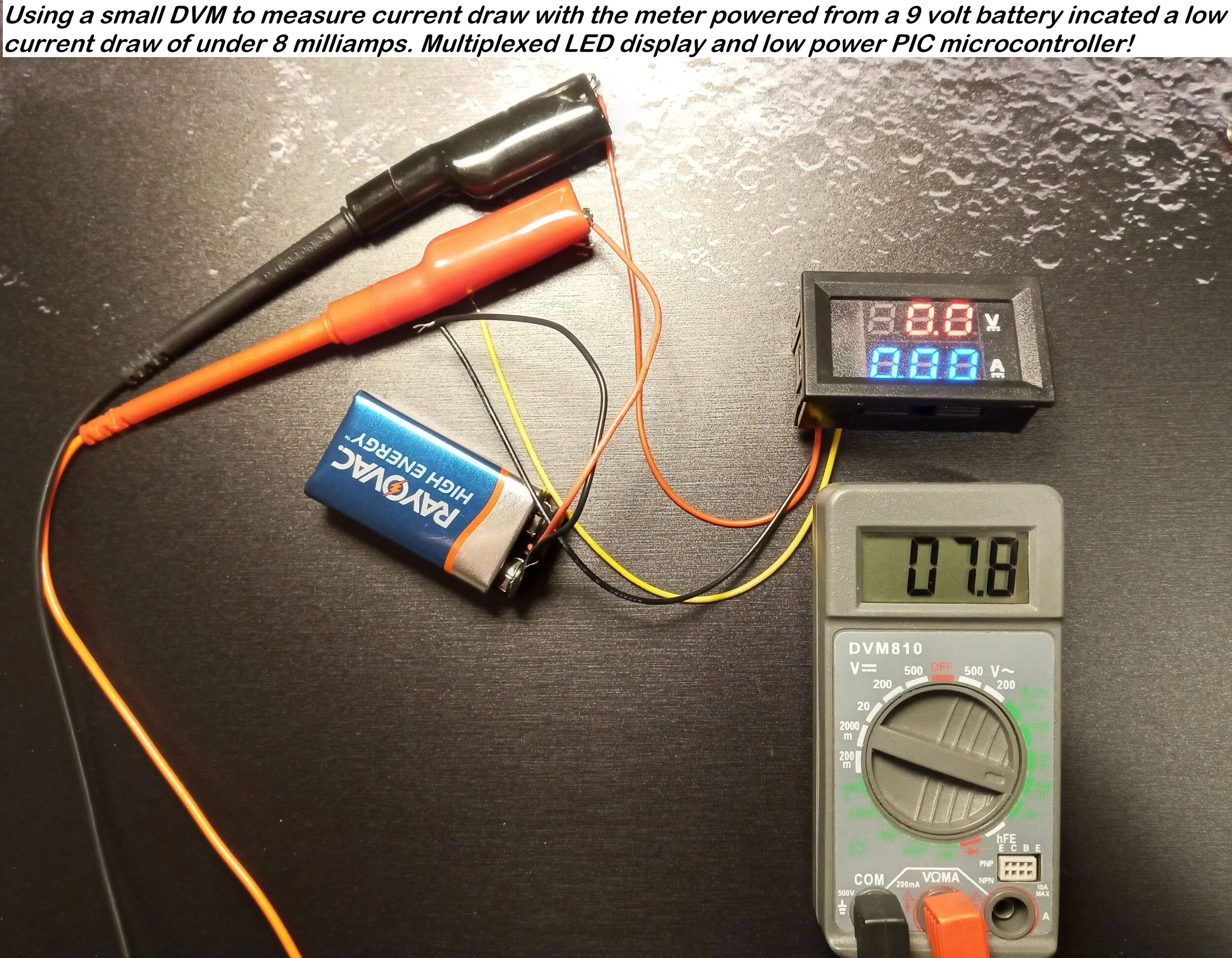Utilize Those Inexpensive Voltmeter Modules
If you’ve searched online, you have no doubt have seen these small LED voltmeter modules. In this post I’m going to review their accuracy and suggest some good uses such as monitoring batteries in your car or conversion van and just simply being nosy to see how much “Powah” your small DC devices are using.
These modules contain a simple voltage regulator in the supply line, and can be powered about 4.5 to 30 volts for the module itself. Going over this range can cause problems with the regulator and may damage the module. The very least expensive version will indicate the voltage powering the module itself. These are excellent for monitoring rechargeable batteries and even checking the state of your car battery and charger. For example your car battery will be somewhere near 12 volts when the car is off, and will go up a few volts higher when it’s running in order to charge the battery. You can use a adapter that plugs into the cigarette lighter or extend the normally short wires that come with the voltmeter module and measure at the battery itself, just be careful not to short the battery! It’s supplies a lot of current necessary for starting the car and powering accessories, and can eastly melt wires and even test probes and screw drivers as I have witnessed on several occasions.
The slightly more expensive ones as shown here can also measure current, or the actual power being used by your device. See the illustrations shown below for a same test hookup, and note that in the short description included when the module is purchased that “No support is included.”
This module measured voltage with a 3 wire cable, and also was provided with a thicker 2 wire cable, which supposedly can handle measurements up to 10 amps. As with all inexpensive electronics, keeping supply voltage as well as measured voltage and current well away from the upper limits is a good idea! Also be careful to maintain the proper polarity. In some cases with inexpensive import modules non-essential parts may left out to save money. From careful examination of the circuit board, they appear to be sing a Schottky diode as reverse polarity protection on the supply lead. The diode, which has a low forward voltage drop protects the display.
Conclusions so far? This inexpensive display seems well constructed, with a nice bring LED display that’s readable in daylight. It also is drawing low current itself, which makes it ideal for battery powered applications. In terms of calibration, It only needed a slight adjustment to bring the voltage up to the correct reading. See illustrations below of some of the simple test connections.
In the next installment, I’ll test this modules ability to accurately measure current.
Don’t buy it, build it!









